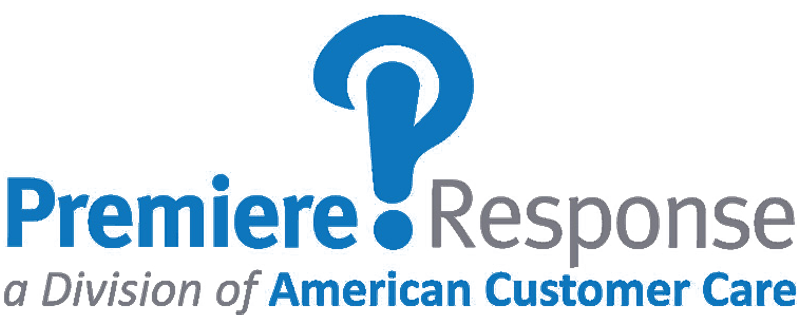Product Recall
- Natural Foods Company
- Food & Beverage
- People, Process, Platforms
- Customer Care
Key Results
The Problem
In this case the greatest challenge we faced was not having control of the toll free number. The blockage callers experienced during the first days caused panic and a lack of confidence for consumers. It also pushed consumers to social media to publicly share their frustrations and allowed others to “pile on”. Thankfully once callers got through to the IVR and live reps were needed, the panic subsided.
Other challenges stemmed from incomplete or confusing communication from the retailers to their base. A good crisis plan has letter templates in place to help industry partners protect their customers while protecting the client’s brand.
Lastly, provisioning the amount of refund checks that were requested for this recall was a huge strain on the client’s internal accounting department. Premiere Response is able to manage fulfillment, particularly related to recalls. Our infrastructure allows us to process large refund and/or coupon files. Had the client opted for fulfillment support the cost would have been less than the cost to staff live agents to field the “where’s my refund” calls in the later weeks of the program.
Our Solution
For phone calls, this messaging should be on a dedicated toll free number and not be comingled with business as usual callers. We know that informative messaging can handle 60-70% of the call volume and those consumers never really need to speak to a live agent. In this case, the messaging clearly minimized consumer confusion and was an effective tool that reduced live agent staffing costs. Anecdotally, we collected and shared consumer verbatim comments thanking the client for their decision to remove the product from store shelves and letting them know they still love their products.
Internal communications are key as well. The rapid deployment in setting up any program can leave gaps in understanding. Communication to the client team needs to be clear and concise knowing that it will be quickly cascading through many layers of their organization. In addition we as “outsiders” are immersed in the client’s corporate culture when tensions and stress are very high. In this case, we were praised for our expertise and attentiveness and revered as a partner. In fact, we recently completed a consulting project where we’ve designed a crisis plan for the client which includes trigger points for their internal teams as well as industry partners.
The Conclusion
Premiere Response kept a common theme in responding to the needs of this crisis. The strong focus on People, Process and Technology proved to be a successful mantra for handling this crisis and demonstrating that customer service via any contact method is the core competency of Premiere Response.

Project Timeline
Recently, we were approached by a well known natural foods company asking for customer care assistance. The company was issuing a press release announcing a voluntary recall of 100% of specific products the next day. The recall was due to the possible presence of salmonella. Normally, the consumer affairs team handled under 50 calls per day for the impacted brand. Based on the scale of the recall, the company determined that they needed an outsource partner to handle the projected surge in contact volume.
Ready, Set, Go
Houston, We Have a Problem
Holy Volume Batman!
And More
Can we help you reimagine your customer experience? Can we help you deliver customer insights to your organization to support incremental business growth? Contact us now.
